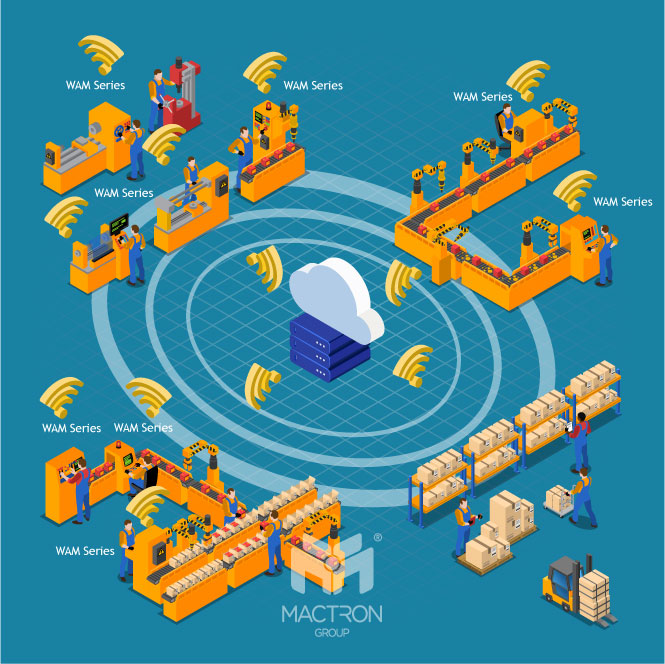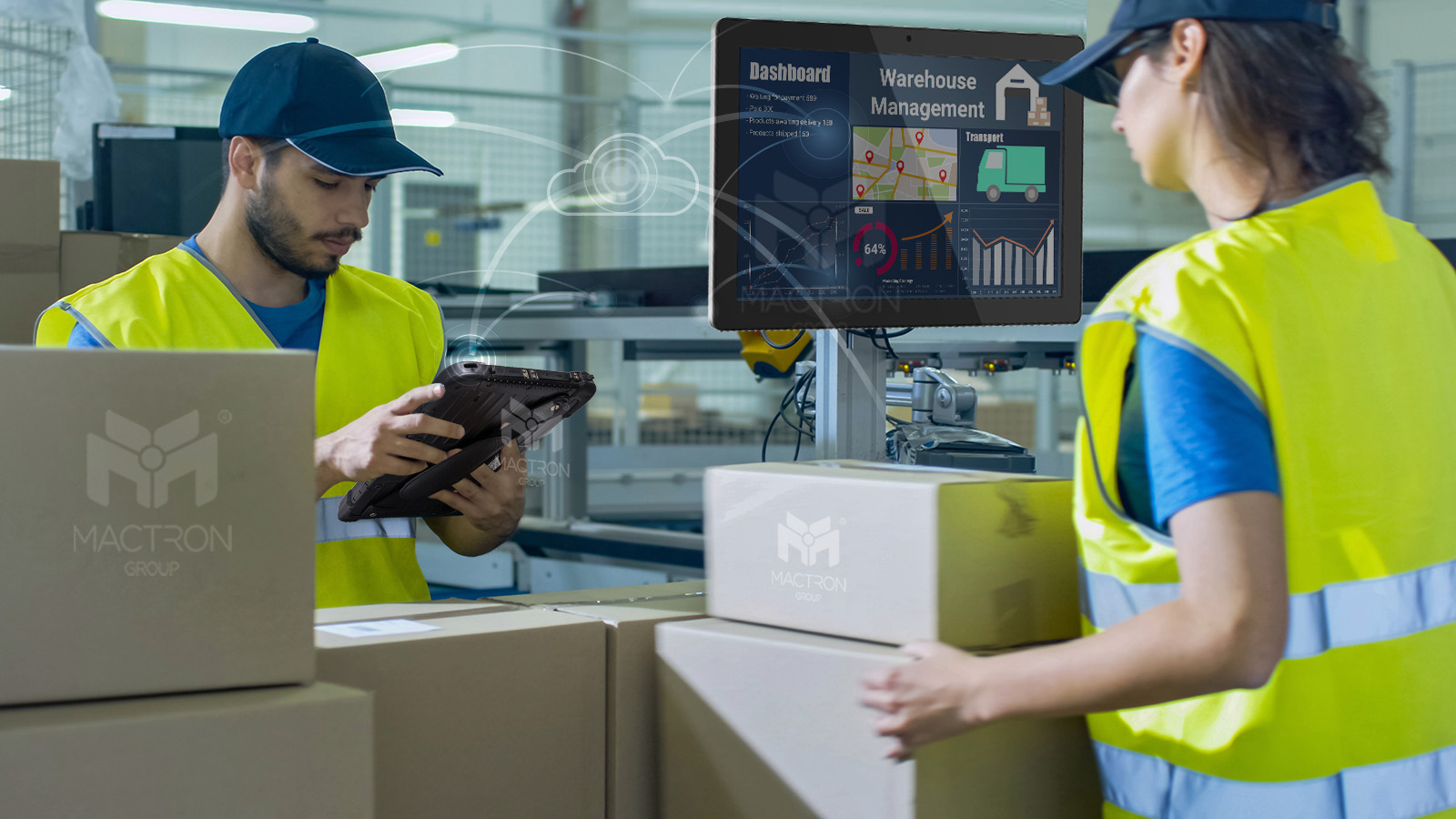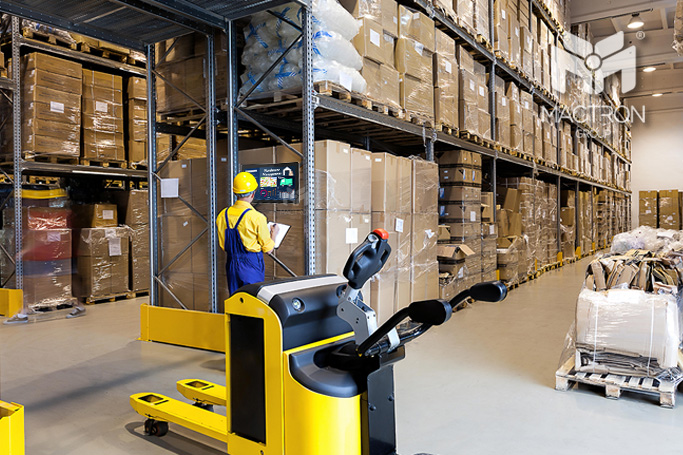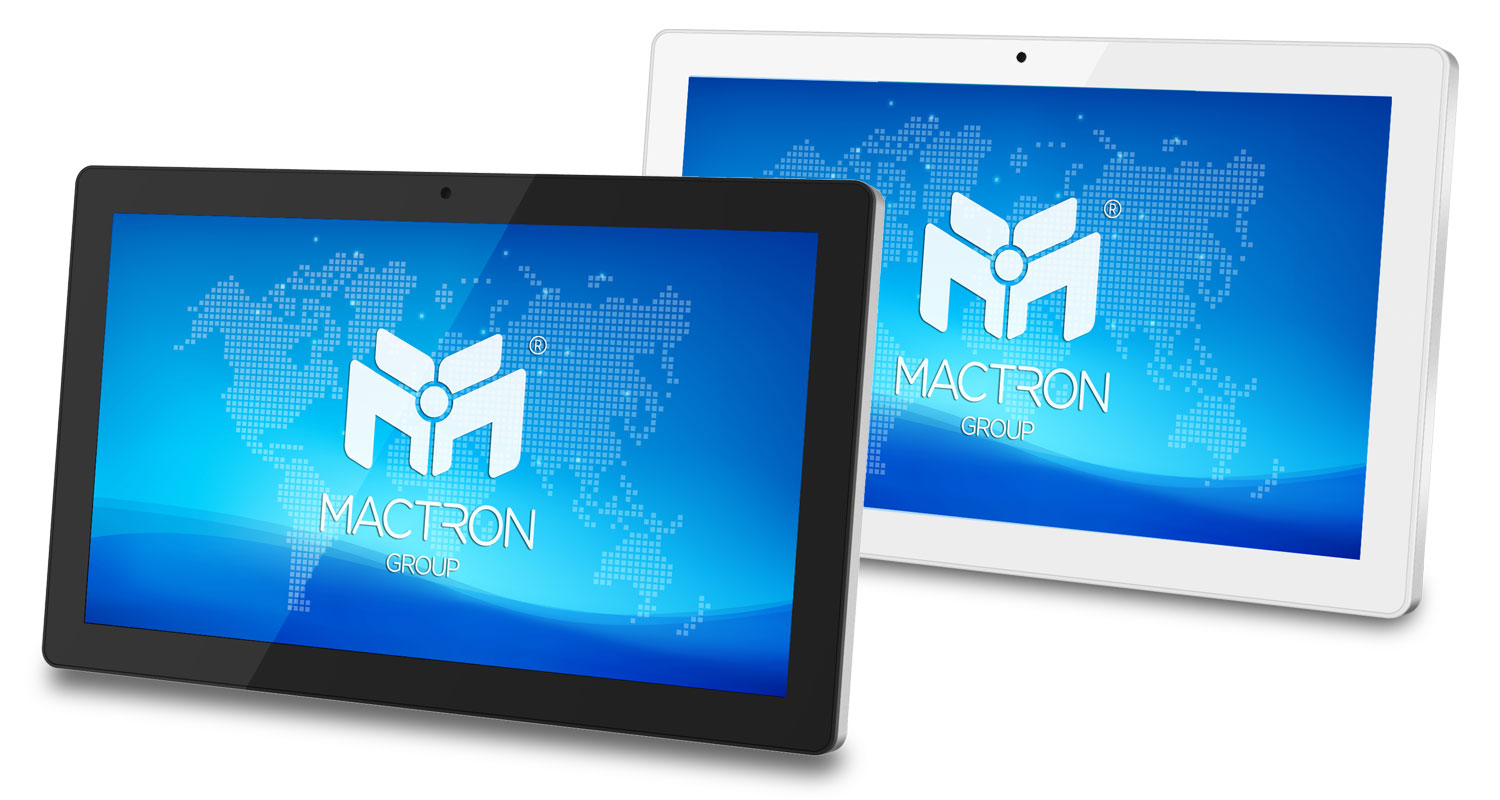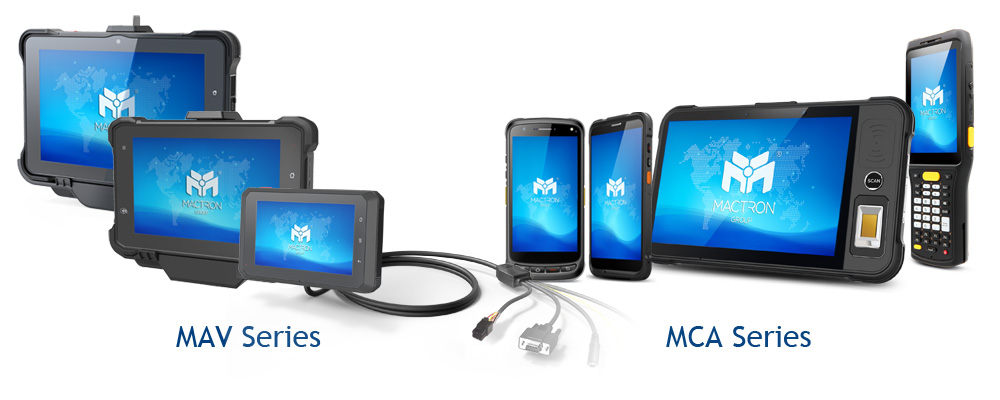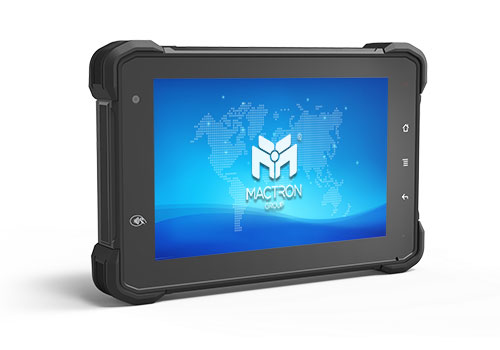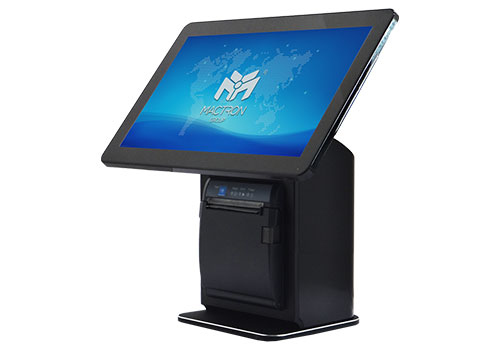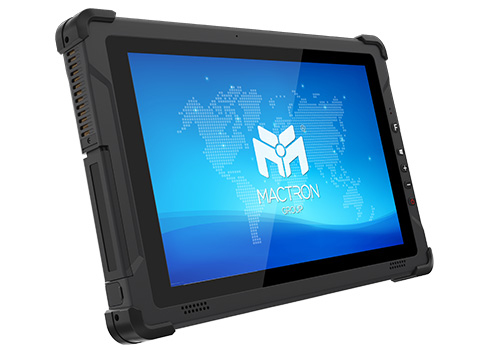Let's take a look at what substantial progress has been made in this processor.
Hybrid Architecture of P-Core & E-Core

Using the combination of "Performance core (P-core)" and "Efficient core (E-core), the former is designed for high-performance computing and has a maximum of 8 cores and 16 threads; the latter emphasizes low power consumption and power saving, with a maximum of 8 cores and 8 threads, making the processor more powerful.
Recognition Technology with Iris Xe Graphics

One of the biggest advancements in 12th Gen processors is Intel Iris Xe graphics. The importance of them is beyond what you might think at first glance. There is Deep Link technology embedded in there that let CPUs and GPUs run AI-powered applications at blazing speed without compromising the user experience.
They have integrated Deep Link technology into Gigapixel AI* application, upscaling images up to 6X with AI adding detail, clarity and improved speed when processing multiple images, and in the transmission process such as HDMI and DP, the graphics can reach 4K or even 8K pixels. It has also led to a huge growth in recognition technology.
A New Tech that Perfectly Fits with Win 11
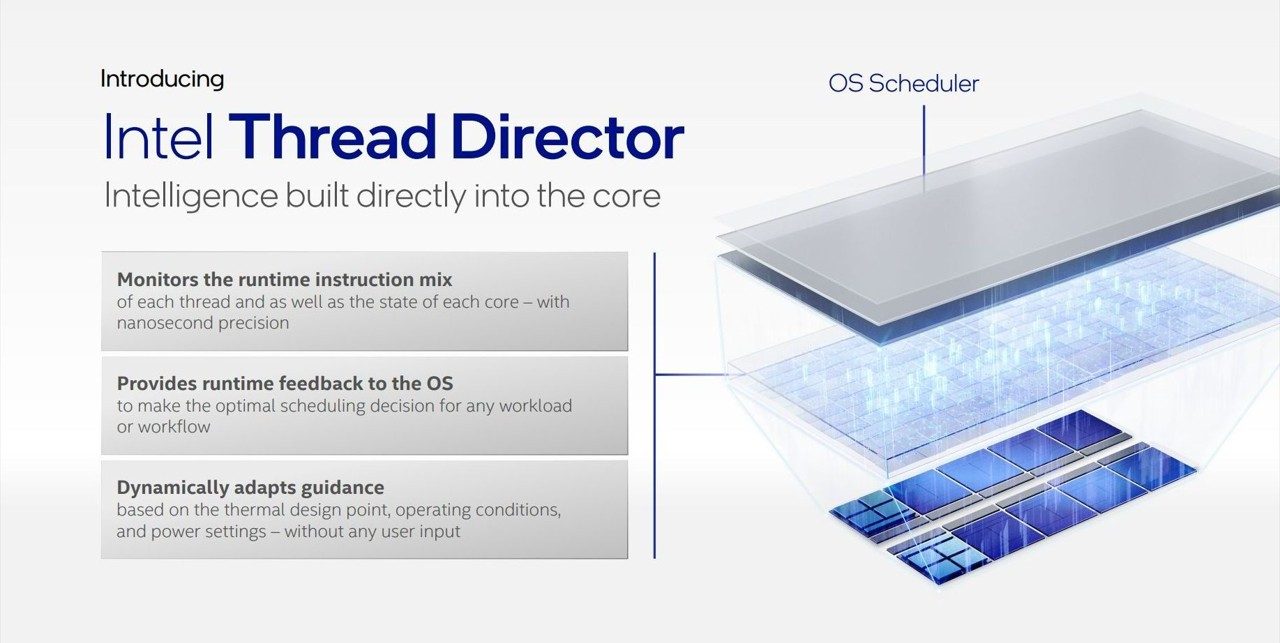
This technology collects the current running status and usage of each core. And provide the data to the operating system, letting the operating system make scheduling decisions.
Intel Thread Director can complete thread identification and assignment within 30µs, which is several times faster than traditional schedulers.
However, the current Win 10 operating system does not support Intel Thread Director, and currently needs to be upgraded to Win 11 to obtain the best multi-core resource allocation.
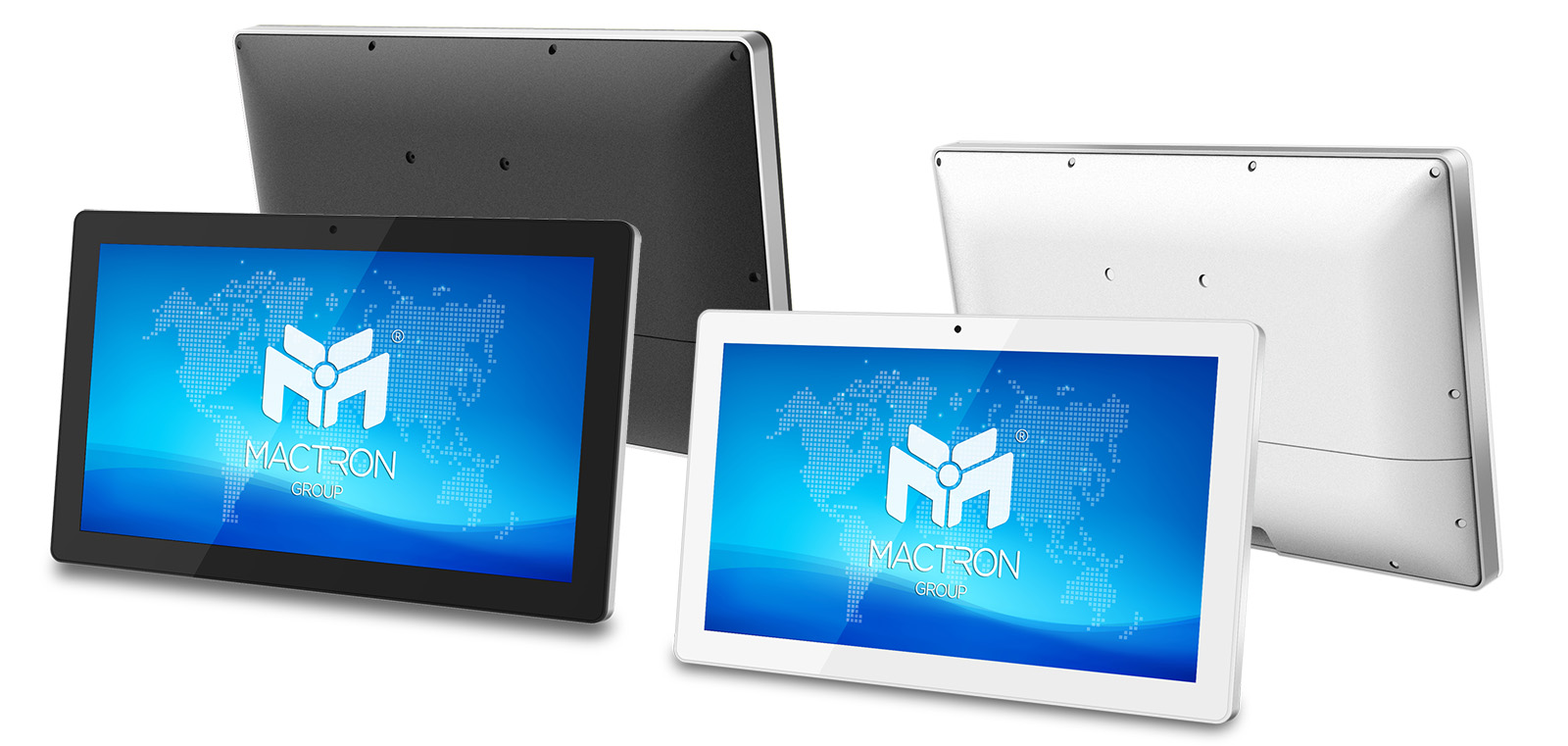
Check out MACTRON GROUP(MTG)’s new WCP Series and WMP Series. Our WCP Series will replace the processor from 8th Gen to 12th Gen early next year, which can perfectly fit all the specification upgrades of the 12th Gen processor. Take a look at this series, maybe there will be unexpected gains for you.


